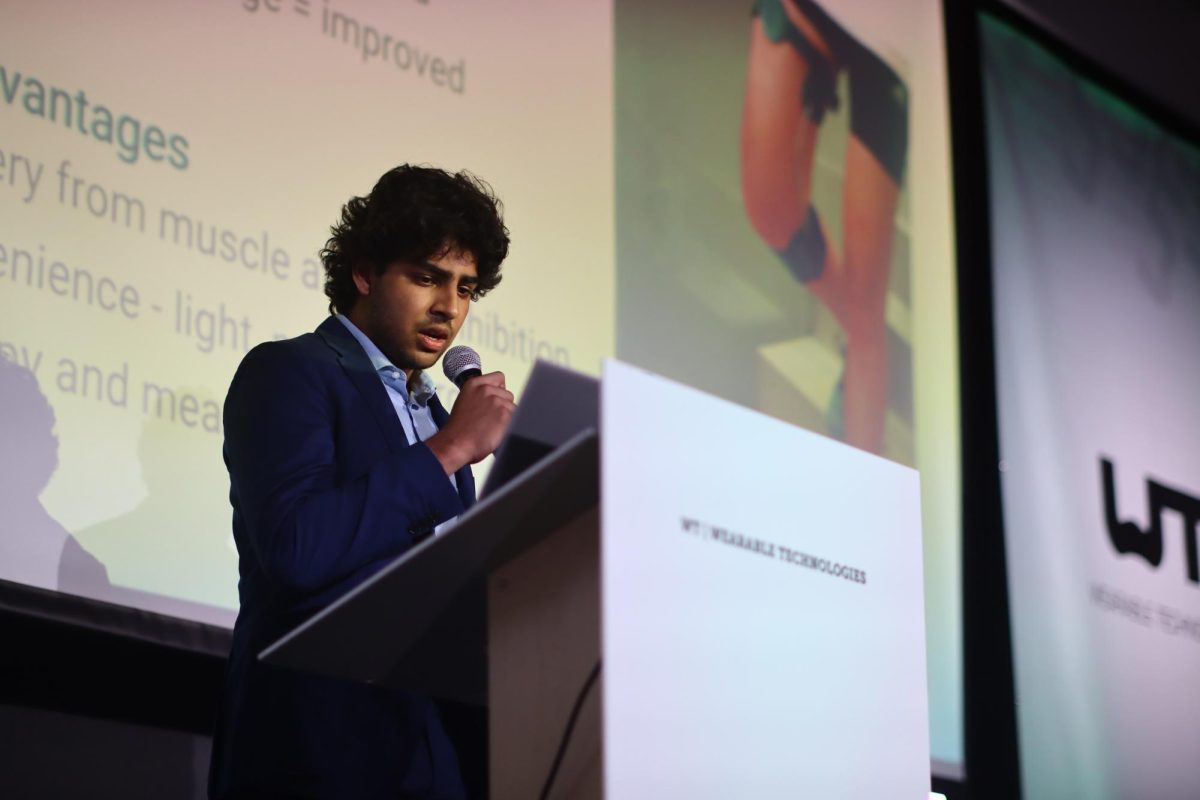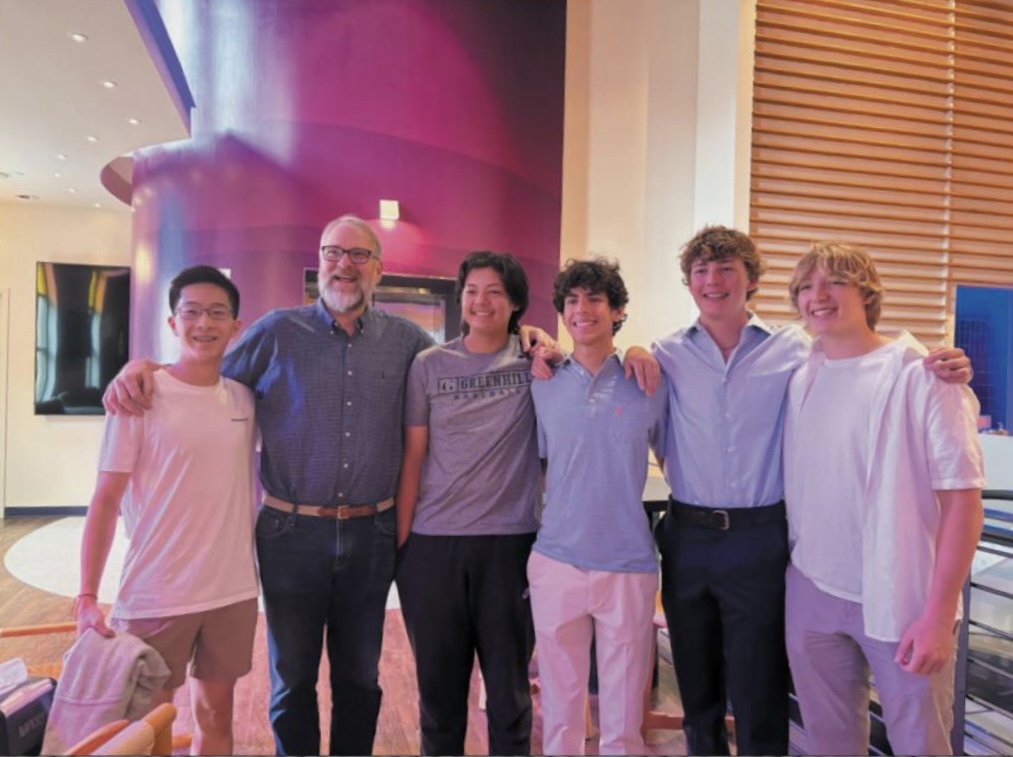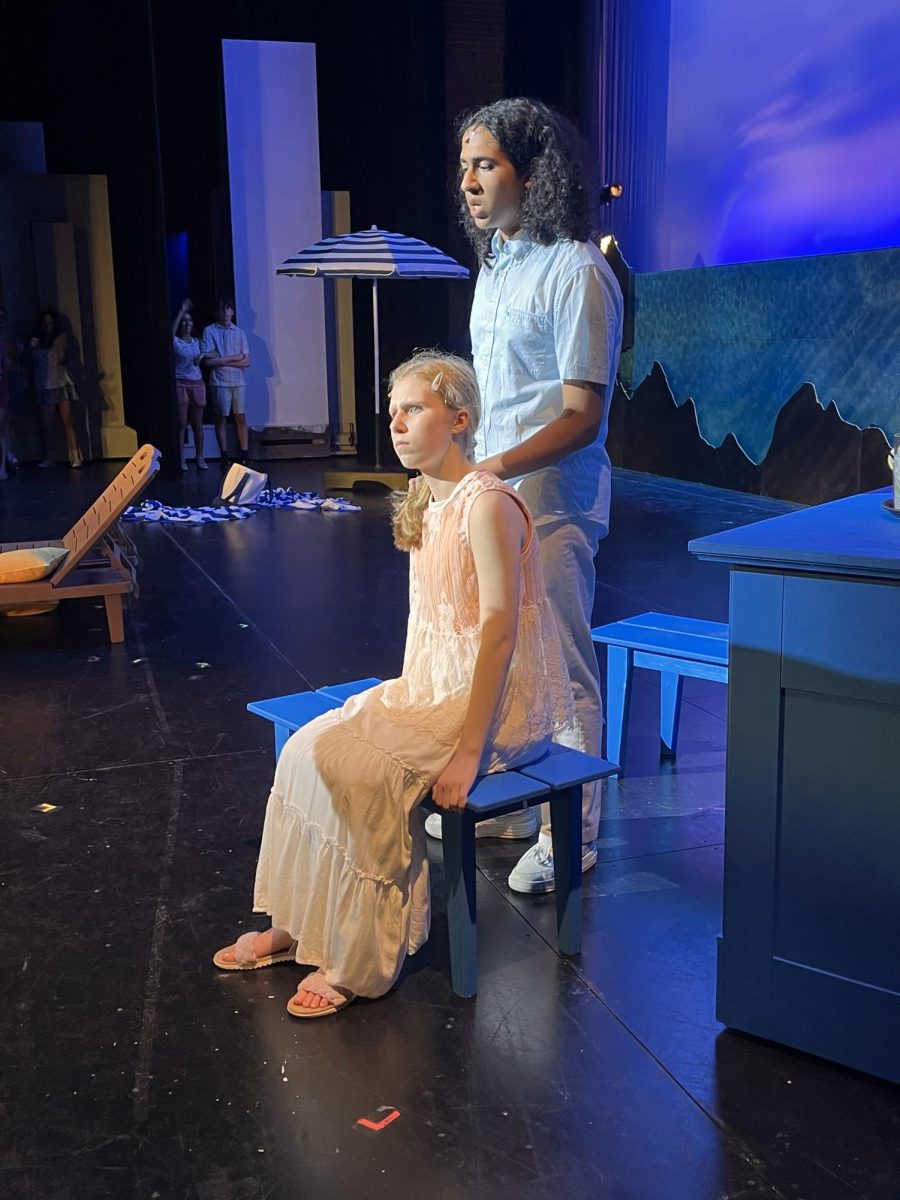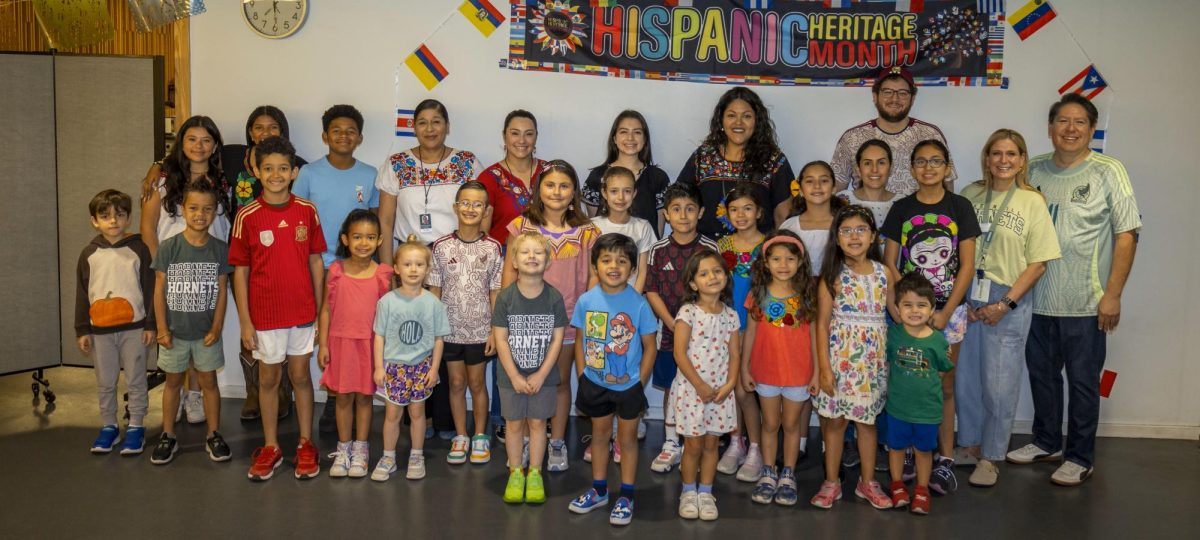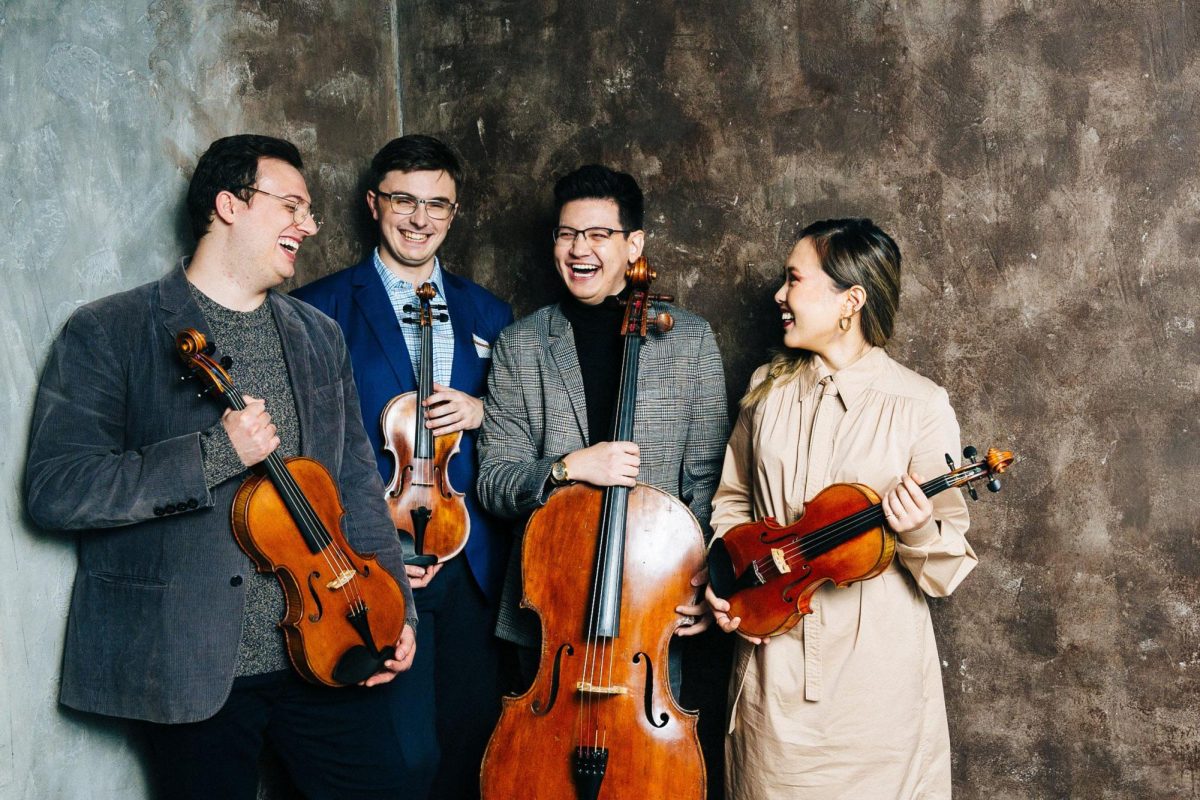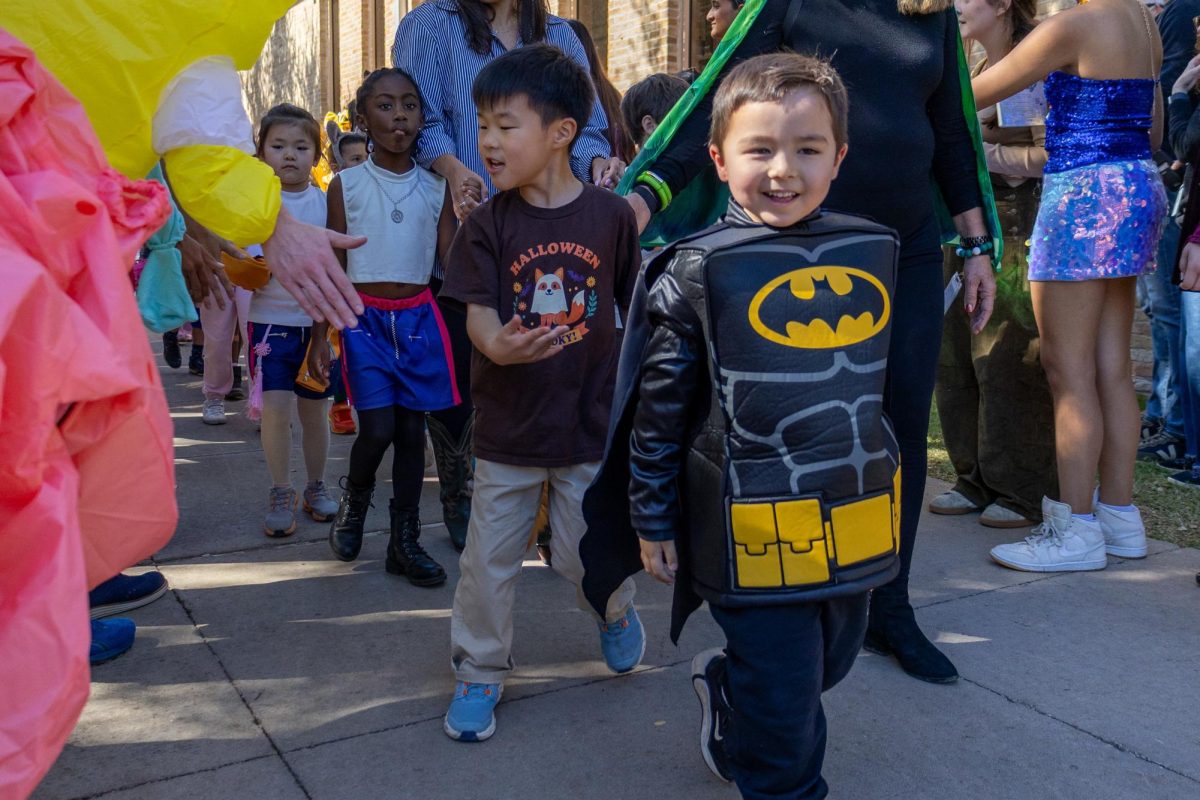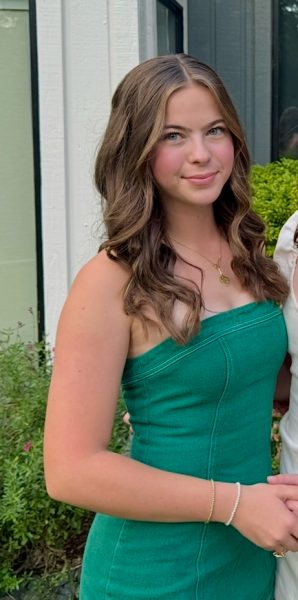When senior Arjun Melwani was in Lower School, he visited the State Fair of Texas for the first time. While other students were entranced by the roller coasters and fried food, the only thing that stood out to him was the 3D printer.
“I thought it was the coolest thing,” Melwani said. “The fact that we could create objects out of thin air blew me away. From that point on, I [was] obsessed with 3D printing.”
There was only one problem: his parents wouldn’t let him buy a 3D printer. Despite this, he was determined. So, as a 10-year-old, he bought all the parts and built one himself.
Although nearly burning his house down in his first attempts to build the printer, his perseverance guided him to success. In time, Melwani started his own 3D printing business, Techabyte 3D.
“Orders were sparse at first, but very quickly my business began to expand,” Melwani said. “Companies with a digital design of a product would send me files to 3D print and I would simply ship a prototype back to them.”
In addition to selling mock-ups for companies, Melwani sold 3D-printed fidget spinners on the side, something that he describes as his “most lucrative business yet.”
“I learned so much through every customer interaction,” Melwani said. “But soon I realized I needed to find a more efficient business model, which is why I taught myself how to 3D design to help businesses create digital files and prototypes. That is when things really got going.”
Human Centric Engineering
As Melwani’s business expanded at an exponential rate, so did his customer base. With this growth came meetings with professionals.
“When there would be these meetings, I couldn’t just say I was a kid,” Melwani said. “So, I would tell my dad everything he had to say in the car, how to answer the common questions and he would lead the meeting, bringing me as the tag-along son.”
However, this strategy did not always work. In one instance, Melwani said one of his customers had many technical questions for his father, who was unable to answer them.
“When my dad couldn’t answer, I just began speaking to the customer and he actually listened to me,” Melwani said. “That was when I realized I could actually present as myself in the professional industry, as long as I could prove myself.”
So, throughout his time in Middle School, Melwani kept building things – including a drone. And, as he began Upper School, COVID-19 hit, leaving him with more time than ever to build and create products.
Thinking about people at Trader Joe’s who had to touch the hand sanitizers in the store, putting them at risk of catching COVID-19, Melwani realized that he could create a more efficient solution.
“I built a simple add-on to retrofit hand sanitizer dispensers to make them automatic,” Melwani said. “My design received over 1,000 downloads. For the first time it made me feel like I was actually helping people. That is what really what got me into human-centric engineering.”
Realizing that he had finally found his true passion, the concept of human-centric engineering quickly became a cornerstone for all of Melwani’s projects.
“He is one of the most compassionate and selfless people that I have ever met,” senior Josie Arbuckle said. “He shows that through his passion and working on technology to make people’s lives better. He really wants to change the world and make it a better place.”
Research and Development
In the summer before his sophomore year, Melwani began to intern at a medical device startup called Articulate Labs, which focuses on human-centric engineering. At the company, he worked on a knee rehabilitation device that uses electrical stimulation and artificial intelligence to integrate physical therapy into daily activities.
While the company was initially hesitant to hire him, that changed after Melwani offered to do all their 3D design work in exchange for engineering mentorship.
Melwani says that by the end of his second week, he had taken over all the company’s mechanical design work.
“I think it is a testament to his tenacity, passion and grit,” said Director of Design and Innovation Matthew Abbondanzio. “He just will not let something go and he is willing to take risks.”
By the end of his sophomore year, having taken most of the design and innovation classes offered at Greenhill, Melwani approached Abbondanzio about starting a tutorial research project for this junior year.
“He started talking about really heavy technical work so quickly,” Abbondanzio said. “I was like ‘wow, you are not supposed to know how to do that, right?’ I was like, ‘who is this kid?’”
Melwani started his independent study by completing market research and analysis to determine where biomedical engineering needs could be met. After narrowing his ideas to a few possibilities, he attended a disability technology conference where he was able to hear stories from those suffering from urinary incontinence.
“I was blown away by the difficulties they faced with so few solutions, so I wanted to begin research,” Melwani said. “I felt as if I had an obligation to help them.”
Throughout his junior year, Melwani spent much of his time teaching himself engineering, acoustics and computer science to develop algorithms to find a solution to bladder incontinence.
“I toggled between YouTube, [Upper School science teacher Nicholas] Park, Mr. Abbondanzio and my mentor at Articulate Labs to learn the engineering concepts needed for my project,” Melwani said.
After months of research and testing, Melwani was able to develop a sensor that could determine when the bladder is full. He also developed a way to stimulate the bladder to benefit those who are incontinent.
Melwani’s work attracted the attention of Dr. Joseph Paradiso at the Massachusetts Institute of Technology’s Media Lab. Paradiso invited him to present his research at his lab.
“It was the first time I was surrounded by people who had the same drive for change and technology as me,” Melwani said.
Following his success there, he had the opportunity to pitch his research as a startup company to the Praxis Spinal Cord Institute, where he was a finalist for a $35,000 grant.
“What is so great about Arjun is that he is so intelligent and has done a lot of things some kids in college doing electrical engineering wouldn’t have done yet,” Abbondanzio said. “But he is also open and wants advice and is willing to listen and learn.”
Work-Life Balance
Despite his dedication and work ethic, Melwani says he sometimes struggled to manage his busy schedule of work, school and research throughout his time at Greenhill.
“It was a challenge,” he said. “Admittedly, I was not getting much sleep and my daily routine was going straight from school to the lab until 10 and then doing homework after that. I was close to being burnt out.”
However, Melwani pushed through.
“It was really strenuous, but I enjoyed my research and the classes I was taking at school,” Melwani said. “So, as tiring as the hours were, I was loving it.”
Despite his demanding commitments, Melwani always found ways to support his friends.
“Even with all that he has going on, he always makes time for me and our friends,” Arbuckle said. “He has always shown up for me and supported me throughout high school.”
With his time at Greenhill coming to an end, Melwani is getting ready to attend college at the Massachusetts Institute of Technology, where he hopes to further his passion for human-centered engineering.
“It has been really enjoyable to take some time my senior year to slow down,” Melwani said. “But honestly, I really want to get back to solving a really cool problem and giving back to the world. I love to build things and take things apart and learn about new things. That is what I want to do.”

